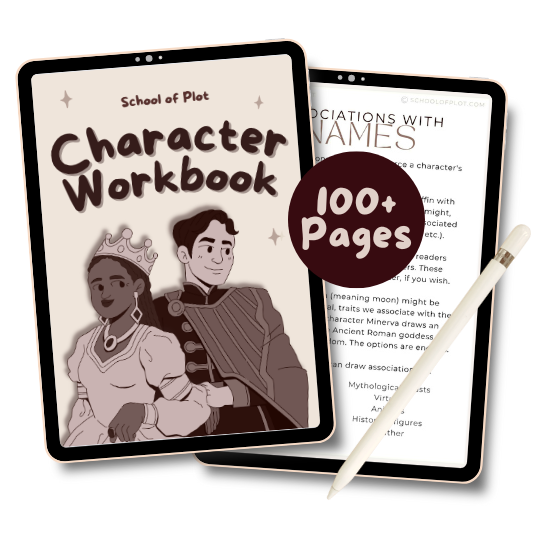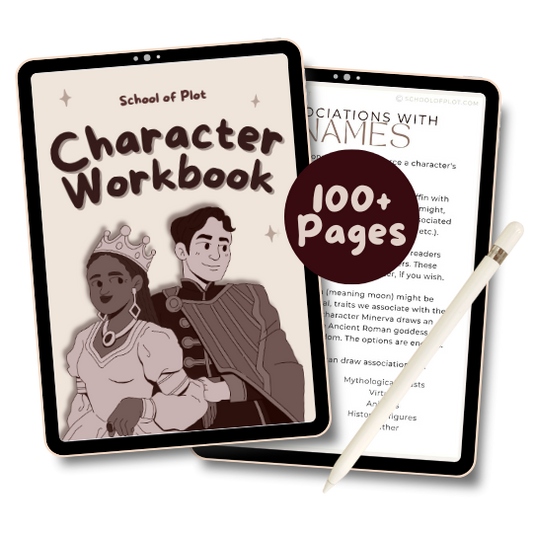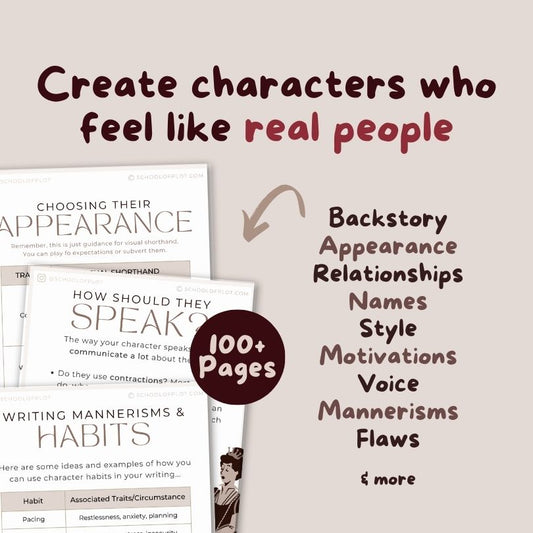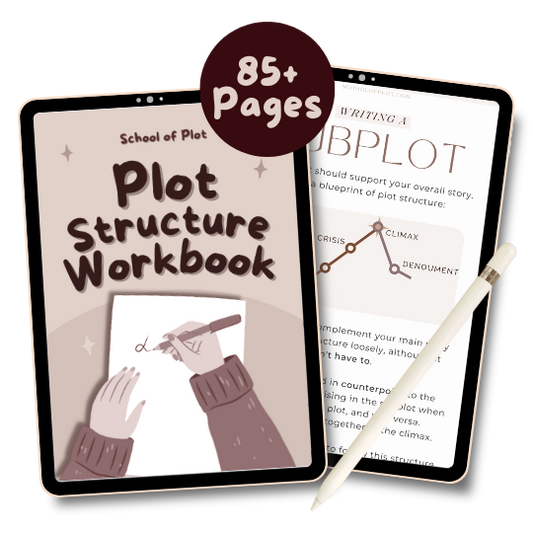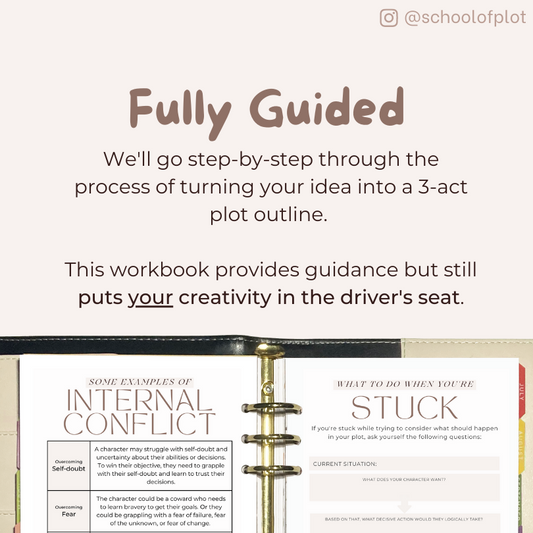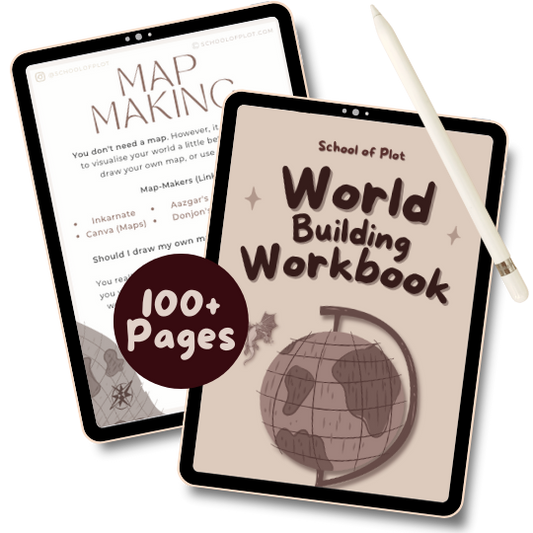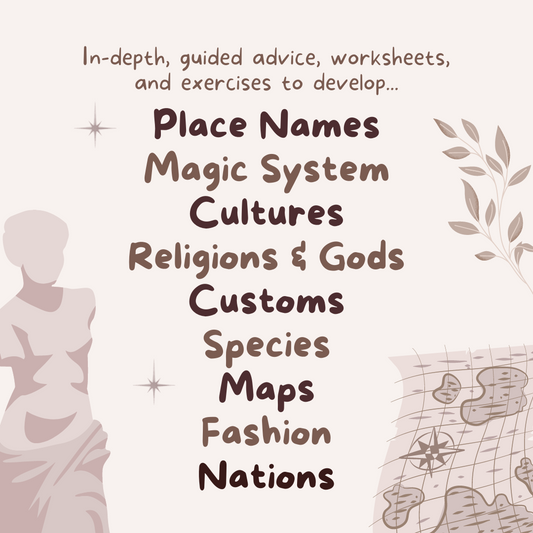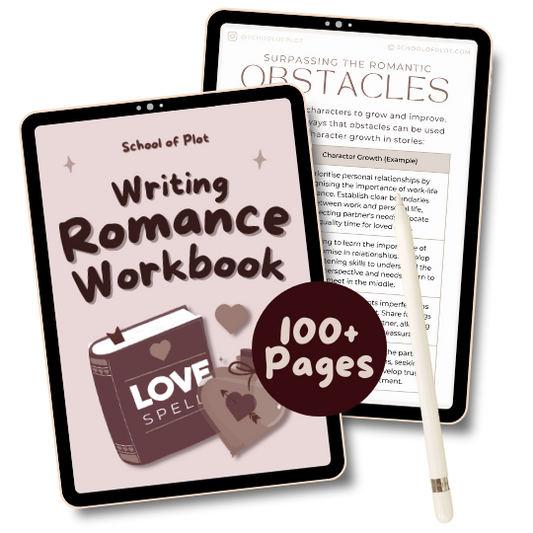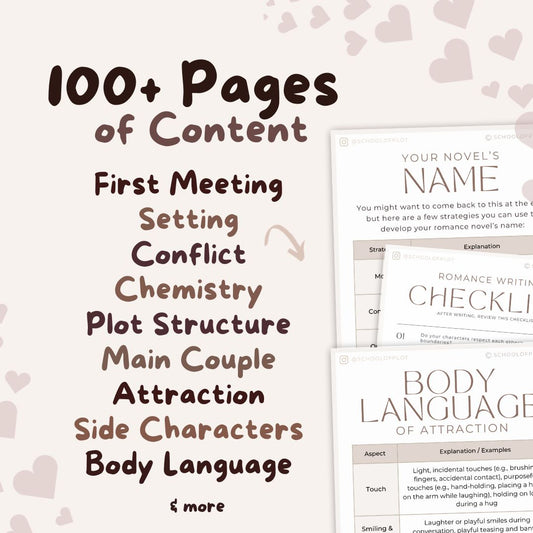A plot hole is a gap, contradiction or inconsistency in a storyline that goes against the internal logic of the story. It's the kind of slip-up that makes switched-on readers say, "Wait, hang on a second!"
This isn’t something I’d stress too much about in the first draft (although you can set yourself up for success in the planning stage), and I also don’t think plot holes ruin stories.
For example, if the tone is your story is more whimsical, readers will probably tolerate a plot hole more than they would in a hard sci-fi novel or a detective story. That said, it’s always reassuring to avoid them, so I hope these tips help!
Breaking Your Laws
I’m talking about breaking the laws of your world/story, not the legal system.
If you’re writing hard sci-fi, you should probably respect the laws of physics. If you’re writing fantasy, you need to stick to the rules you set of your own magic system.
If you have a science question, you can rely on research or use forums like physicsforums.com/forums/sci-fi-writing-and-world-building.220/. (Also, you may enjoy the Sci-Fi Worldbuilding Workbook!)
For magic systems, use worldbuilding sheets (like the ones in my Worldbuilding Workbook) or keep detailed notes to refer back to later.
Knowledge Inconsistency
This is when a character conveniently (and without a solid explanation) knows something they were never told about or never learned, or doesn’t know something they ought to.
- Why does the protagonist know the villain’s weakness when nobody told them?
- Why does the doctor randomly forget how to treat a wound just so the love interest can die of it, serving the plot?
Keeping plot/character notes should help avoid these inconsistencies. Write consistent, realistic characters with the Character Workbook. (Okay I'll stop talking about the workbooks now!)
Timeline
It’s so easy to make timeline inconsistencies. Luckily, they’re also fairly easy to fix.
- If the king ruled until 1049 then how come it says the monarchy was abolished in 1035 later in the book?
- If Ann’s friend died in 2012, how can he be the father of the kid she accidentally had in 2015?
- timeline.knightlab.com
- time.graphics (that's the name and the URL)
- tiki-toki.com
Contradictions
Contradiction plot holes occur when different elements or events in a story directly contradict each other, undermining your novel’s internal logic.
- A character says you can’t teleport within the walls of a magic institution when we saw them doing that earlier on, with no issues.
- A character who is shown to be meek suddenly becomes confrontational with no clear trigger.
Your beta readers will likely be able to sniff these out. Otherwise, during revisions, whenever you spot a stated fact in your story, jot it down to see if you contradict it later.
Unexplained Exception
There’s an inconsistency in the logic of the story. A fact is stated, but readers can see an unexplained exception or deviation. Again, people might not care depending on the genre.
While readers might not care about fact inconsistencies in fairytales (e.g. why does Cinderella’s shoe survive past midnight? Doesn’t matter!), they’ll likely care in a political thriller or a detective novel.
A good way to sniff these out is through your beta readers. As a writer, you’re very close to your story. You may miss some very obvious inconsistencies that your beta readers will quickly point out.
